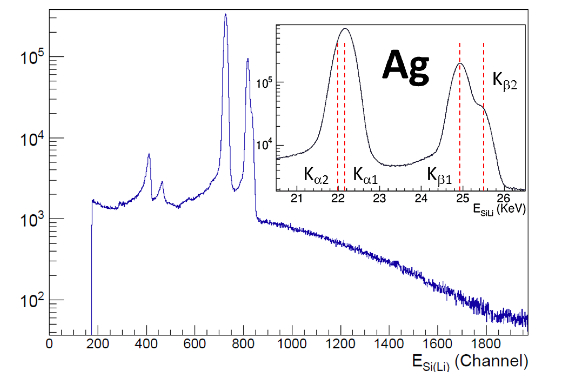FASTER USE CASE
CHARGED PARTICLES BEAM INTENSITY MONITORING
SUMMARY
Particles physics is often a matter of processes cross sections measurements. In typical particle physics experiments, an intense beam of particle is sent on a thin target. Secondary particles produced by the interaction of incident beam on target nuclei are detected. Given the target surfacic atomic density, the efficiency of the detectors and the beam intensity, one can calculate the cross section of a given process (collision cross section for instance). The first parameter is easy to calculate with uncertainties on the order of a few percent. The second one mainly depends on secondary particles. For charged particles, the quantum efficiency is generally close to 100% and you just have to calculate the solid angle the target sees your detector. The last one, ie beam intensity, should be carefully measured as its relative uncertainty directly affects cross section uncertainties.

Particle counting methods are not easy to use in the field of beam monitoring. In fact, the cross section is generally so small that the majority (typ. > 99,99%) of incident beam ions don’t even hit target atoms. Only a small fraction of incident ions comes into collision with target atoms. So, if you adjust your beam in order to have, say a few thousand particles per second in your detectors, the incident beam intensity is at least hundreds to thousands times greater, generally exceeding particles counting capabilities.
A solution consists of integrating the beam intensity dumped in a Faraday cup (FC) for instance. Despite its apparent simplicity, this method often provides poor quality results due to the response of the FC. We will explore the use of an X ray counting approach that consists of detecting X rays emitted by a thin metallic foil (when crossed by the beam) inserted in the beam pass after the target.
WHAT WILL YOU FIND IN THIS DOCUMENT ?
- An example of detectors setup providing absolute beam intensity measurements,
- How to properly count beam piled-up events in a plastic scintillator,
- How to integrate scintillation ion counting and high resolution Si(Li) detector spectroscopy in the FASTER data acquisition and processing system.
PICTURES


DOCUMENT
CONTACT
